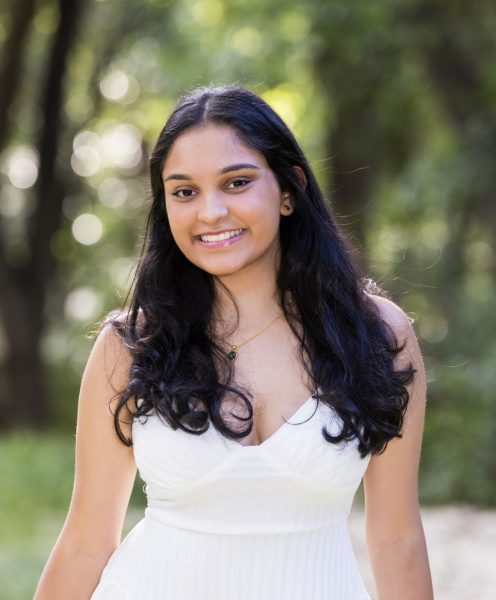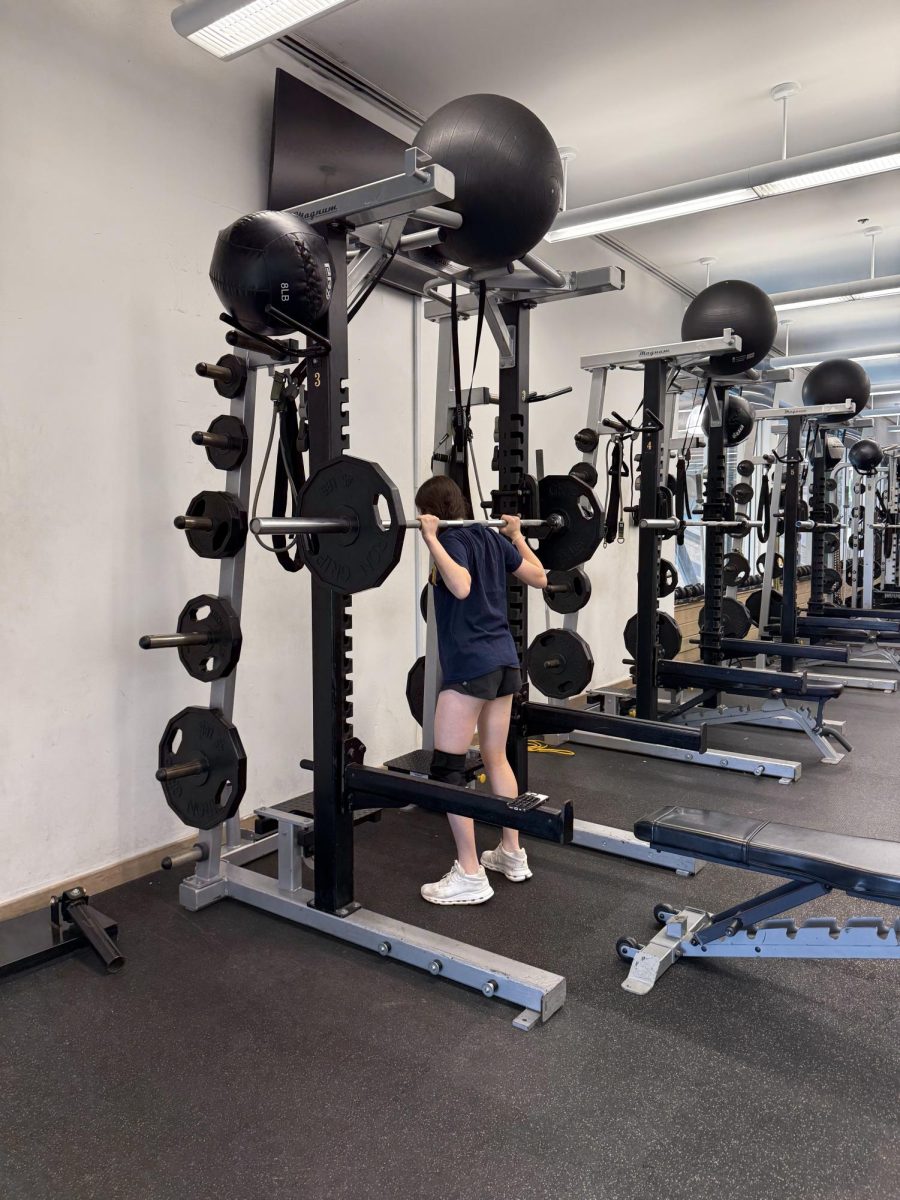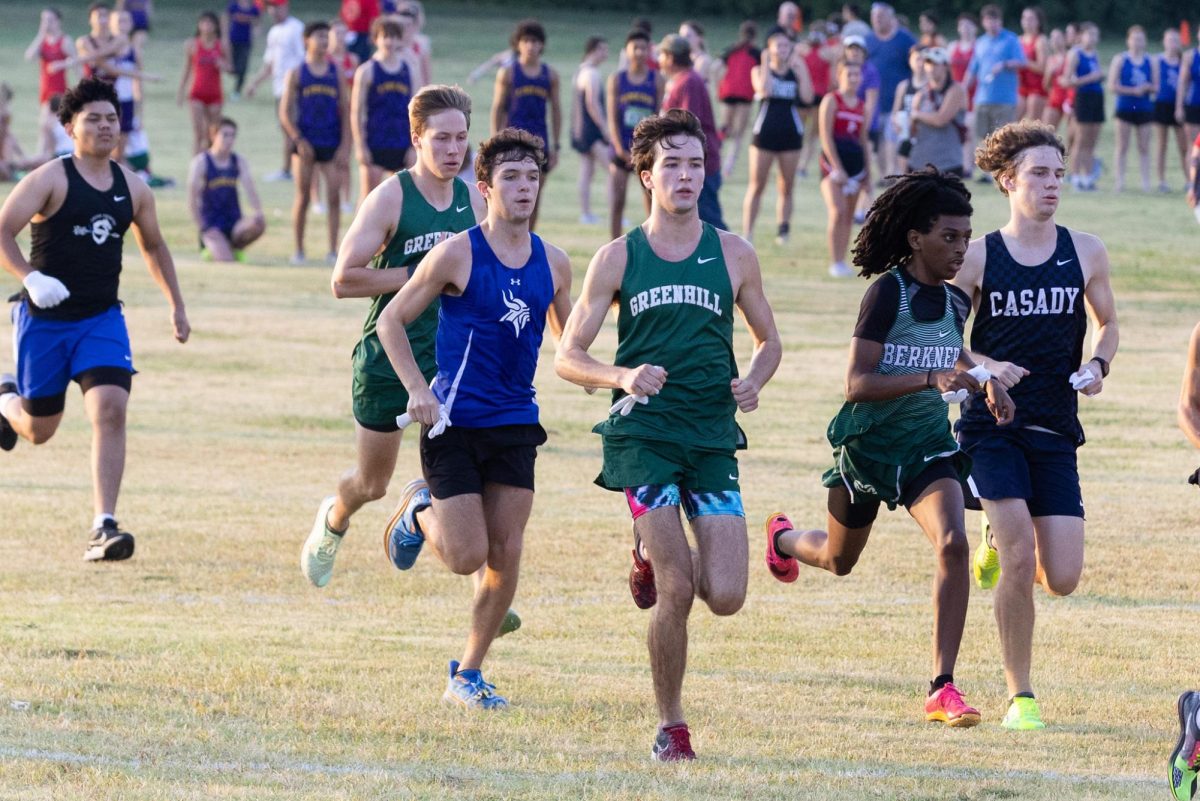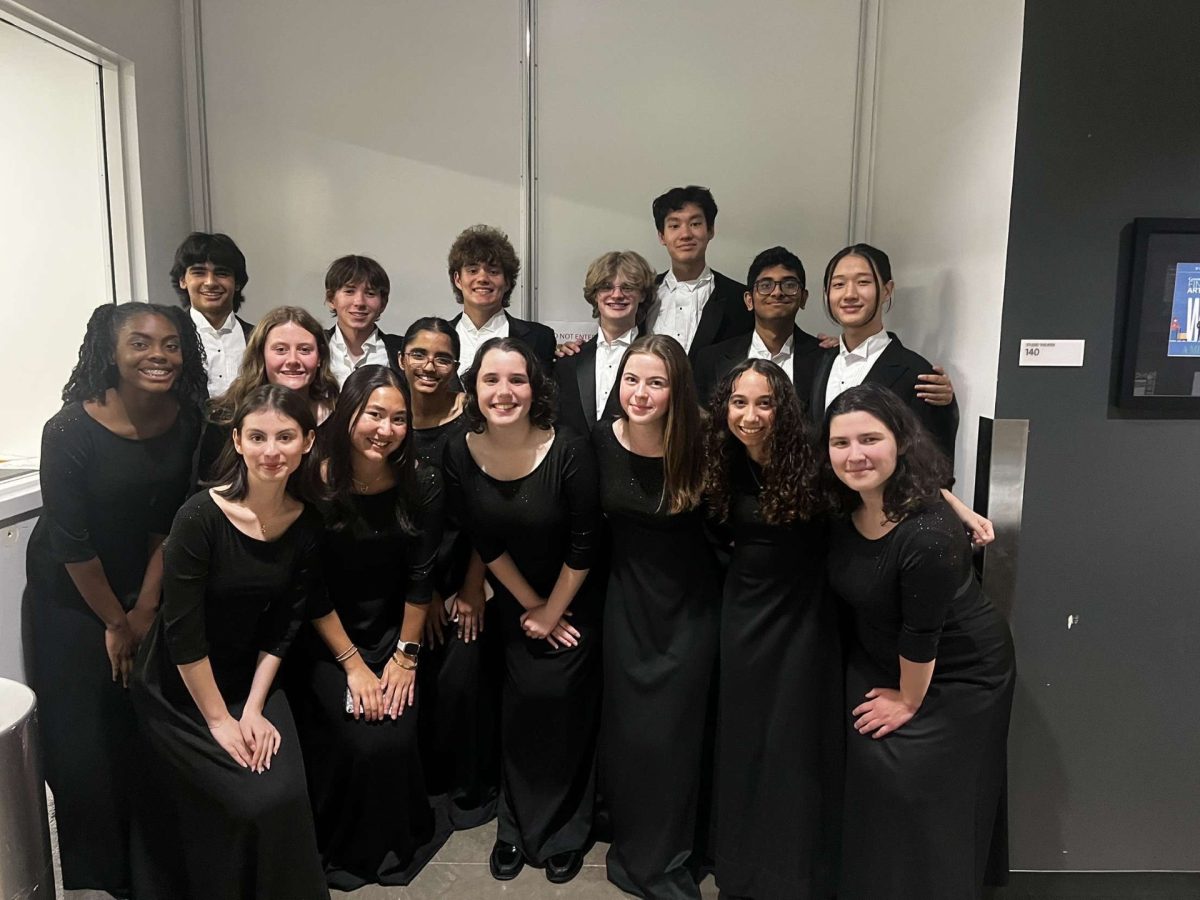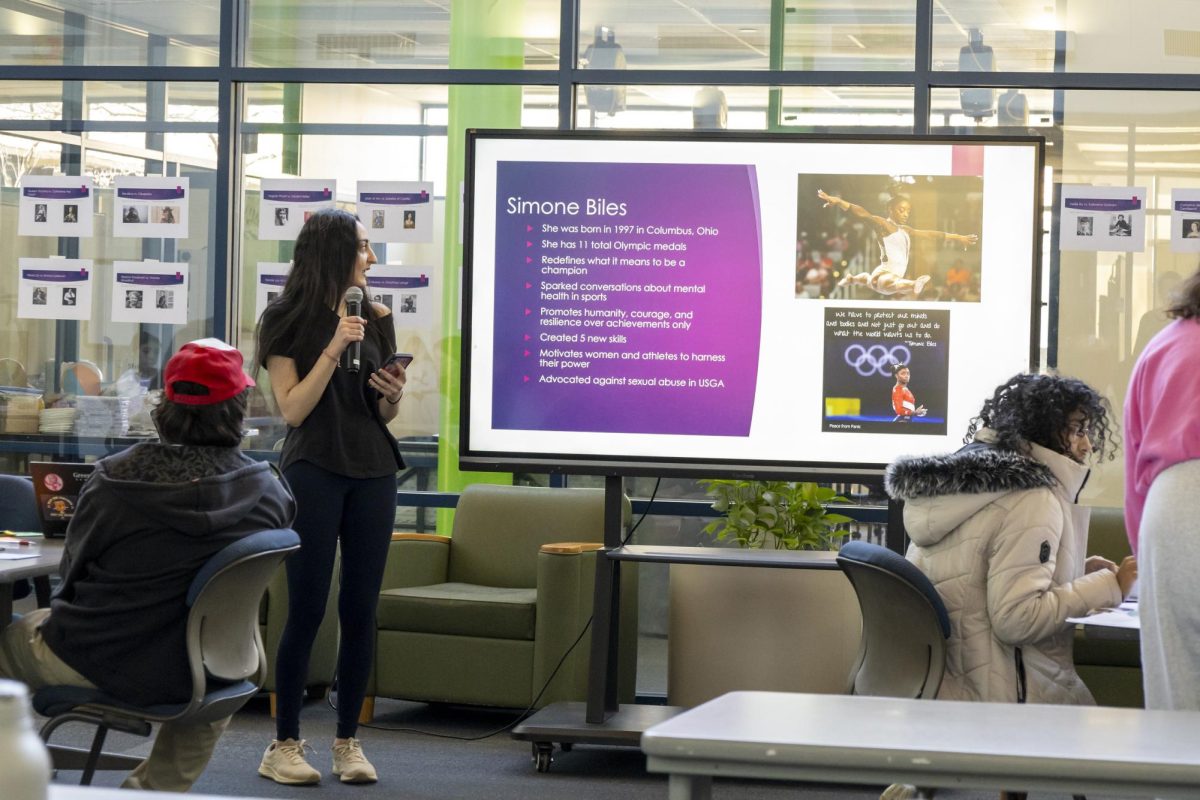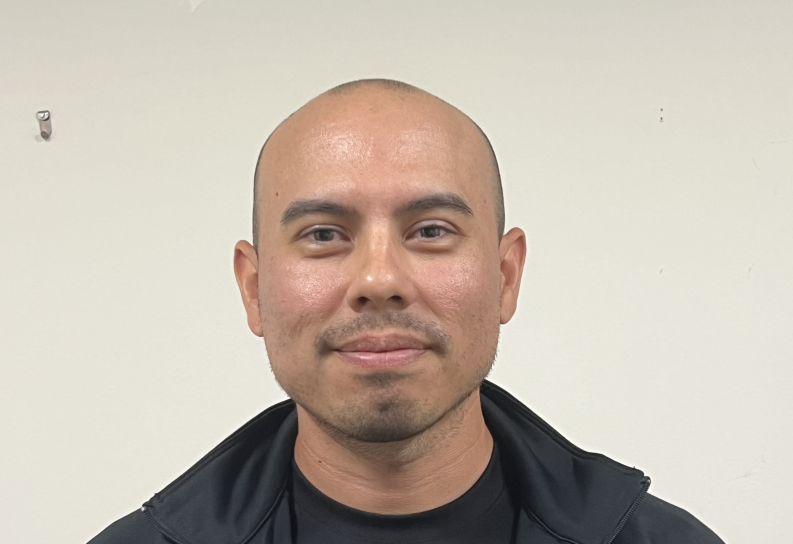Changed Wellness Class Raises Concerns Among Freshmen
January 31, 2022
Following a change in format this year, finding the best way to teach Wellness has continued to pose problems for students and administration.
“Prior to this year, every student in the Upper School would take a wellness class, typically during their freshman year,” said Director of Social and Emotional Learning and Wellness Shanti Majefski. “Many students would also take it during the summer, but I don’t think that was a great way [to take the class] because it would be like ‘oh let’s just check off this box and never talk about it again.’”
To try to improve the quality of Wellness, all freshmen now take the class together during certain Community Time blocks.
While students no longer need to lose an elective or take time out of their summer to complete the course, this year’s format has posed a separate set of challenges.
Many students say the large group setting makes them feel uncomfortable sharing their thoughts.
“I would get more out of [Wellness] if it was a smaller group because I would feel more inclined to participate,” said freshman Aman Jaleel.
Wellness focuses on personal topics, such as mental health, sexual health and equality, so it feels less personal in a big group setting, according to freshman Brynn Zawadzki.
Majefski is addressing these concerns in the second semester by splitting the class into smaller groups.
“The topics that we discuss during Wellness tend to be heavy, and I believe strongly that we have to create a safe environment for students to talk about that kind of stuff,” Majefsky said. “In a group of 120 students, I don’t know how you create a safe space, so I feel like having the small groups will be more beneficial.”
Students were also having a tough time focusing during the class since the class would take up most of their breaks.
Majefski addressed this concern by shortening sessions, taking measures to make them more engaging and making them less frequent.
“I think when we have [heavy] topics too frequently, and for too long, it becomes annoying,” Majefski said. “But, if we don’t have them frequently enough, we aren’t helping develop any skills.”
Now, the class takes place twice a month for forty minutes and contains question and answer sessions, skits, Kahoots, and other activities.
Concerns aside, students and teachers alike believe wellness is an important class.
“Wellness is mental health for me,” Zawadzki said. “It is knowing how to take care of yourself mentally and physically, and I think that is super important.”
Majefski says she is a very firm believer in the importance of Wellness and its impact on Upper School students.
“Wellness is about helping students see who they are, how they fit in this world, and to help them cope with life’s challenges,” she said.

